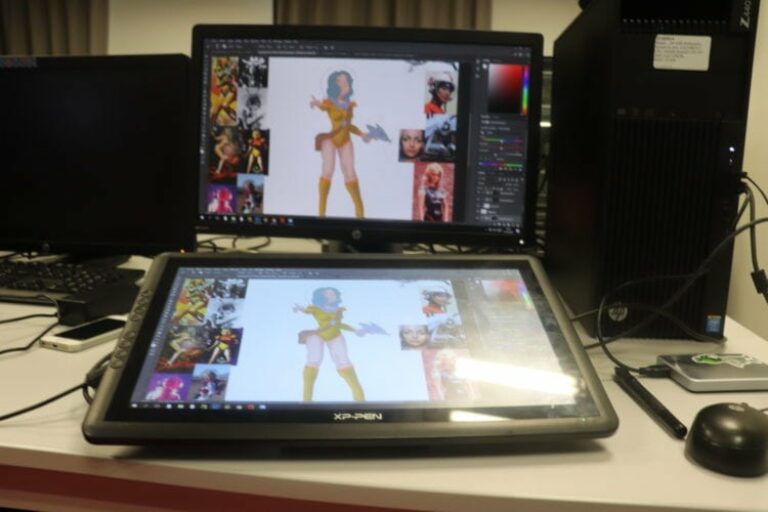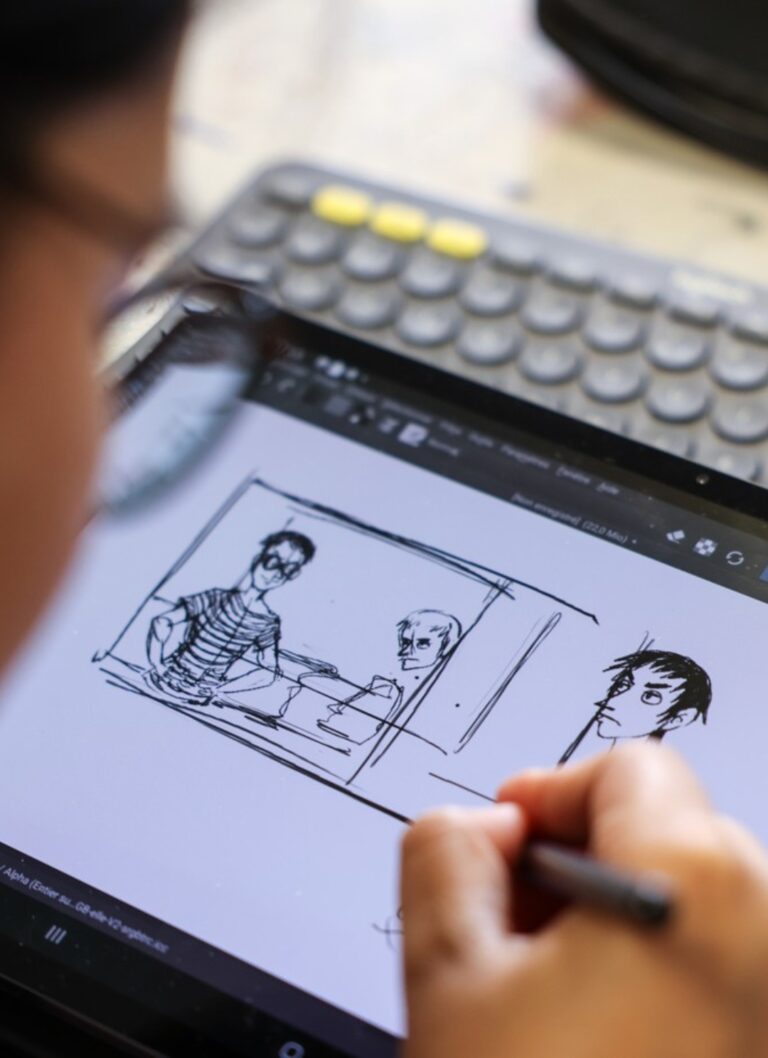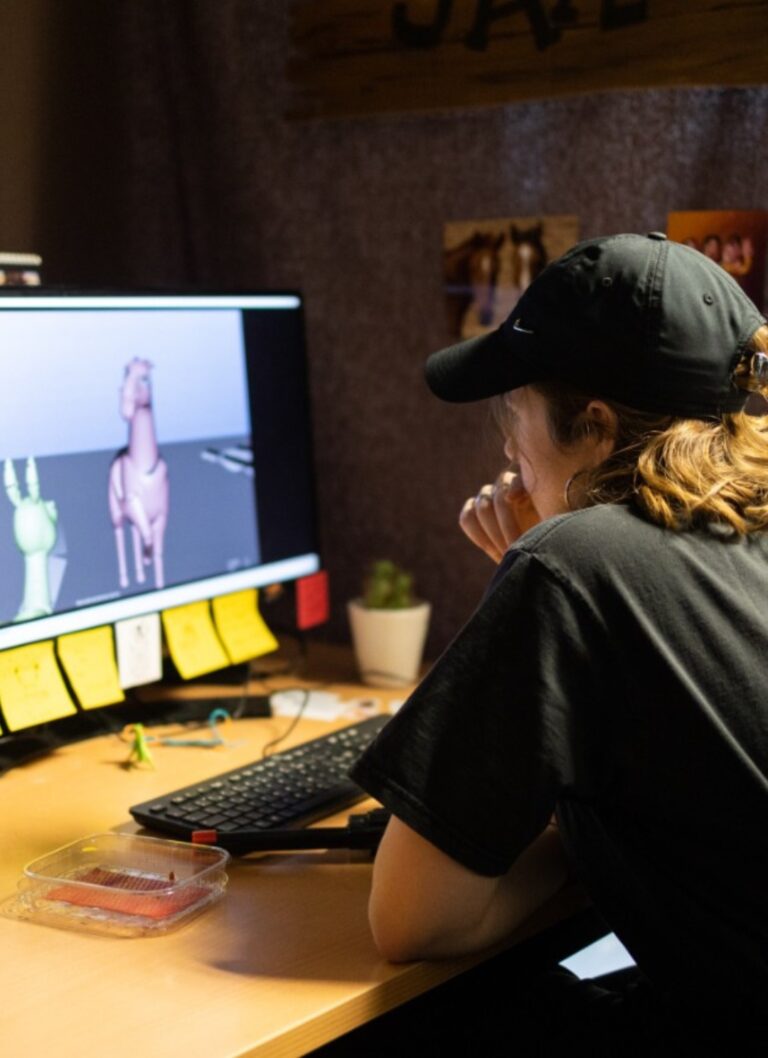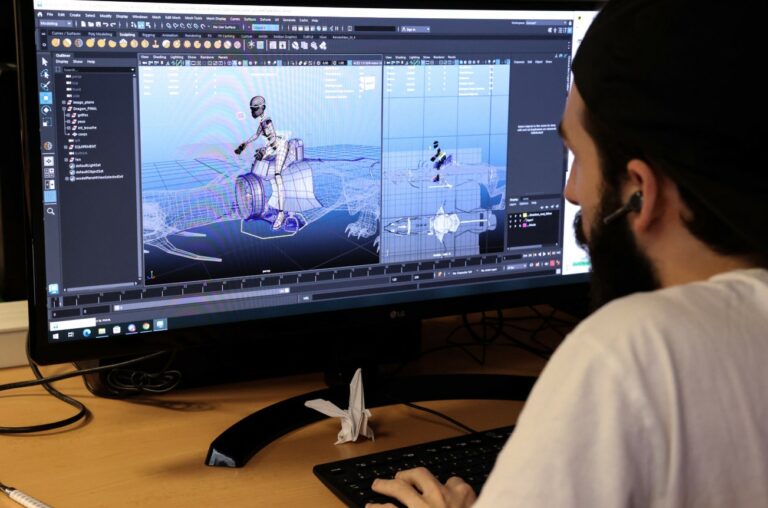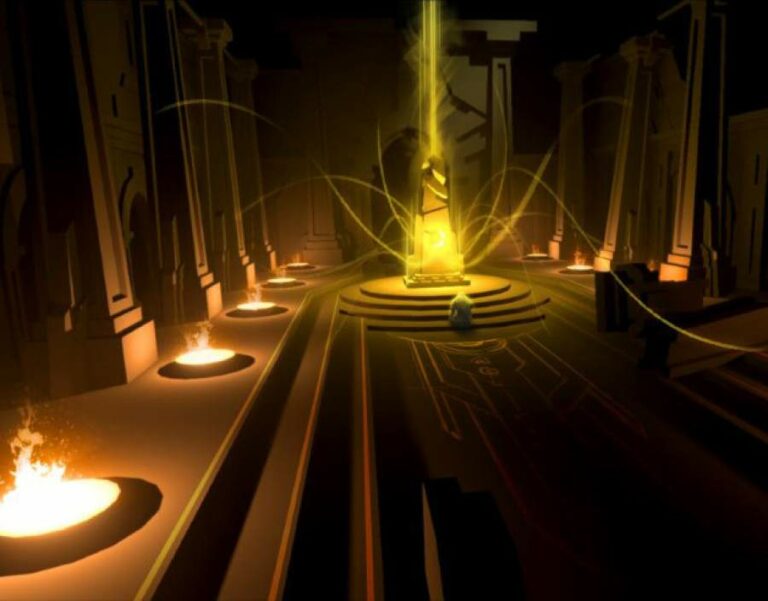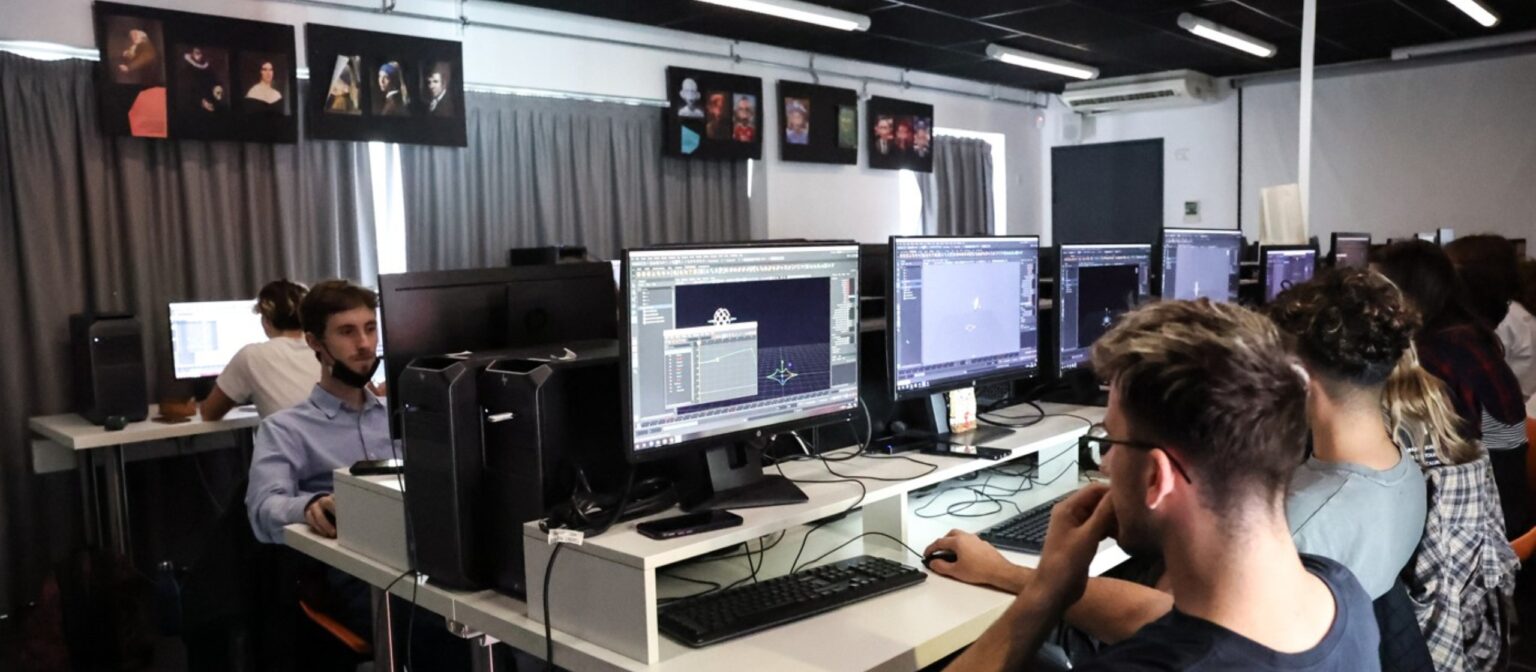
- Training 3D Animation & FX
Start by learning visual arts basics like drawing and photography to build your artistic eye. Then master key software such as Blender, Maya, Houdini, or ZBrush. Choose a specialization like modeling, animation, or simulation and focus on building a strong showreel that highlights your best work.
What does a 3D VFX designer actually do?
A 3D VFX designer creates digital visual effects for all kinds of productions. They design immersive visual sequences using 3D modeling, simulation, animation, and rendering. Their job often includes:
- Analyzing project specifications
- Designing and creating 3D models and environments
- Animating characters and objects
- Rendering scenes with lifelike details
- Collaborating with directors, writers, and game designers
- Managing production workflows and deadlines
They combine artistic and technical skills to design immersive visual sequences using 3D modelling, simulation, animation and rendering.
They are involved at every stage of the graphics chain, from analysing specifications and designing 3D assets to integrating them into coherent productions.
Beyond technical skills, they also shape stories and scenes, making sure the final visuals flow naturally and feel believable.
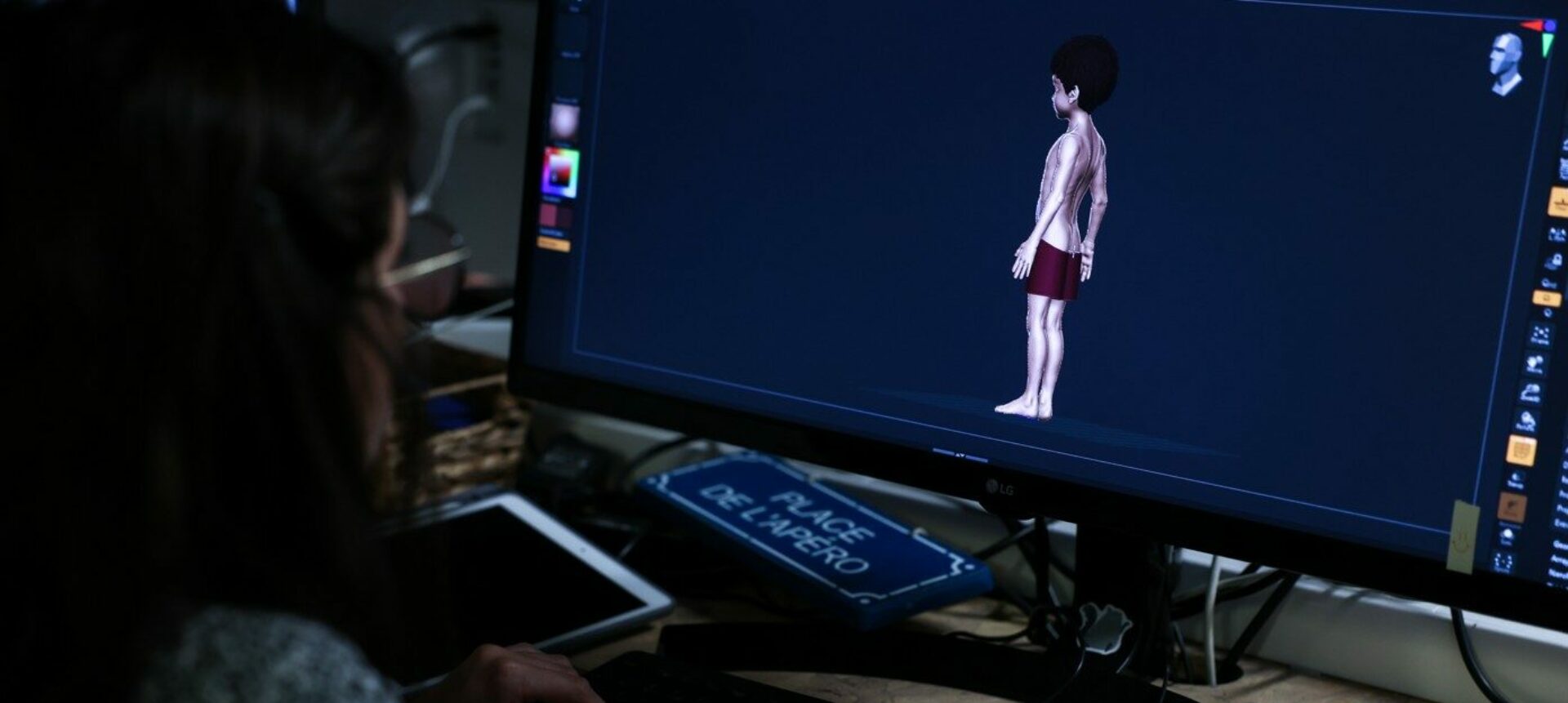
Steps to start your 3D VFX Career
1. Build a solid artistic base
Start early with drawing, photography, or any visual art form. This develops your eye for composition, lighting, and detail.
2. Learn 3D tools
Master the software used daily in the industry:
- Blender (free and powerful)
- Autodesk Maya
- 3ds Max
- Houdini
- ZBrush
- Substance Painter
- Nuke for compositing
3. Choose a specialization
The 3D VFX pipeline is huge. Focus on one area such as:
- Modeling
- Rigging
- Animation
- Simulation (fluids, particles, crowds)
- Lighting and rendering
- Compositing
4. Build a showreel
Your showreel is your calling card. Keep it short (1-2 minutes), highlight your best work, and focus on quality over quantity.
5. Apply and network
Look for internships, entry level roles, or freelance gigs. Attend festivals like Annecy or events like the Paris Images Digital Summit to meet recruiters and grow your network.
Depending on the company structure or type of production, a 3D VFX designer may also use collaborative tools (Slack, Miro) and Python scripts to automate certain tasks.
Skills and qualities required to be a 3D VFX designer
3D VFX designers must have a wide range of skills:
- Analyzing specifications to meet client expectations
- Organization and methodology in production management
- Proficiency in 3D modeling, animation, and rendering software.
- Understanding of motion design, composition, and camera dynamics.
- Ability to animate believable and expressive animated characters.
- Taste for staging, sense of visual storytelling
- Ability to work under time constraints, in a team, and in collaboration with a variety of people (developers, editors, screenwriters, etc.)
In addition to these skills, essential human qualities such as patience, curiosity, the ability to learn continuously and keep abreast of new technologies, and a genuine passion for images and storytelling are also required.
Which high school diploma should you choose?
There are several high school diplomas that can lead to this career:
- The STD2A (science and technology of design and applied arts) diploma, which focuses on design and applied arts, is best suited for developing a solid artistic background.
- A general high school diploma with options in visual arts, mathematics, or physics and chemistry may also be suitable.
- Certain vocational baccalaureates in “computer graphics” or “digital production” may also be relevant.
It is recommended that students get involved in creative projects (drawing, modeling, video, animation) while still in high school and start building a portfolio to facilitate their admission to higher education institutions specializing in animation or graphic design.
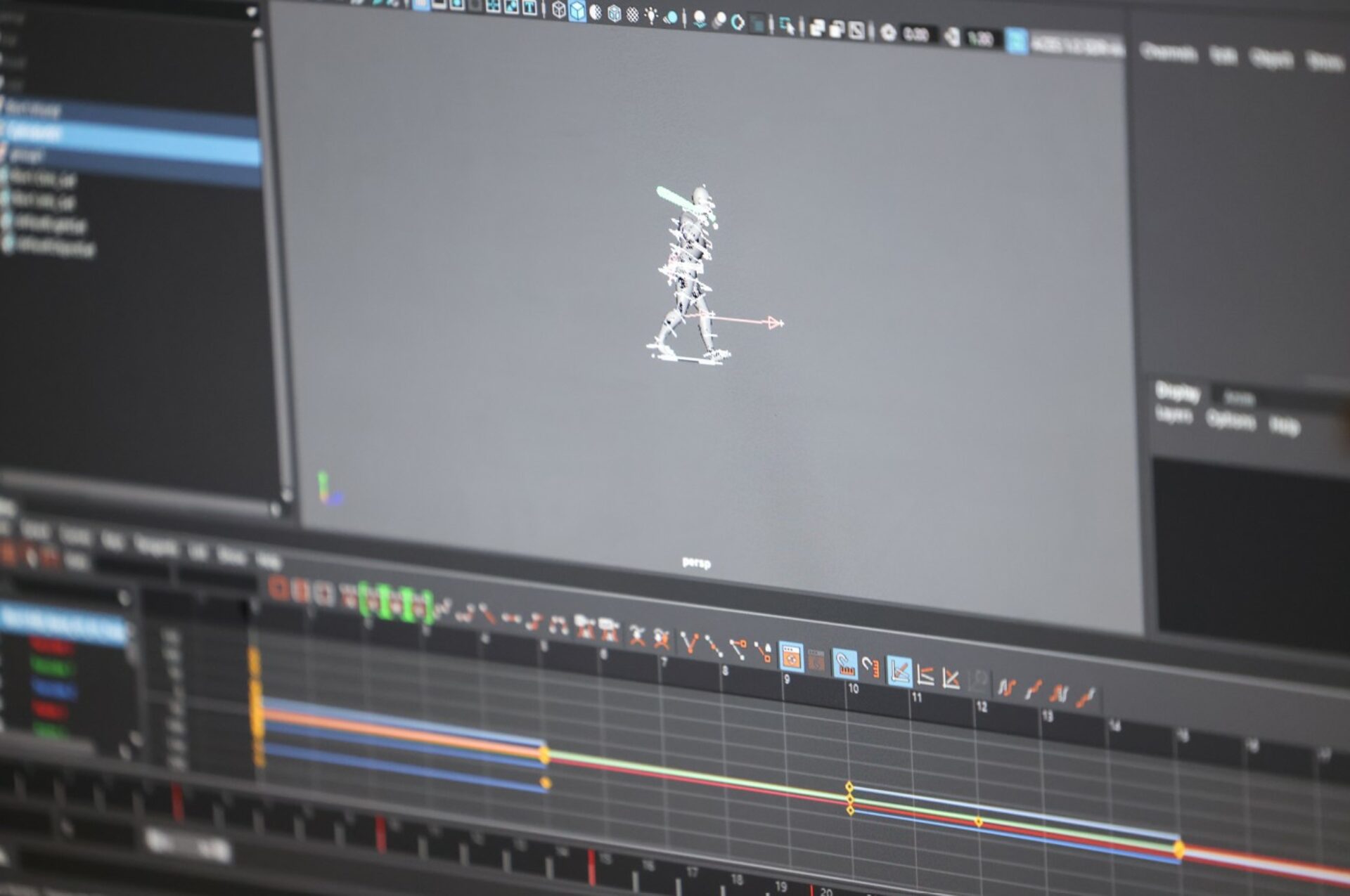
Training and qualifications to become a 3D VFX Designer
Many 3D VFX designers start with a degree in animation, visual effects, or computer graphics. You can study for:
- Bachelor’s degree (Bac+3): 3D animation, digital special effects, or computer graphics.
- Master’s degree (Bac+5): Real-time 3D animation, digital visual effects, or motion design.
These programs combine theory and hands-on practice. You’ll work on real projects, build a showreel, and often complete internships. Specialized courses in lighting, compositing, simulation, or rigging help you focus your skills and stand out in a competitive job market.
What is the salary of a 3D VFX designer?
Entry-Level Salary
At the beginning of your career, most 3D VFX designers in the United States earn between $45,000 and $60,000 per year, depending on the studio, location, and type of project (film, video games, TV, or advertising).
Mid-Level salary
With a few years of experience, 3D VFX designers can earn between $70,000 and $100,000 per year. Designers who take on leadership roles or work on major productions often move into higher salary ranges.
Senior and director salary
Senior VFX artists, supervisors, or creative directors working on large studio projects or international productions can earn $120,000 to $180,000 or more per year, depending on experience and responsibilities.
Career opportunities
The profession of 3D VFX designer offers a variety of prospects:
- VFX artist (special effects)
- 3D animator or character designer
- Lighting & rendering artist
- Motion design specialist
- VFX supervisor or project manager
- Director of animated short films or video game cinematics
Some profiles also evolve towards art direction, VR/AR content creation or interactive film design.
Where 3D VFX designers can work?
3D VFX designers are in demand across many industries, including:
-
Film and animation studios (feature films, TV series, streaming platforms)
-
Video game companies (AAA game studios, indie developers, cinematic teams)
-
Advertising and marketing agencies (commercials, product animations, motion graphics)
-
AR/VR and XR startups (virtual reality, augmented reality, mixed reality experiences)
-
Architectural visualization firms (real estate, urban planning, interior design renders)
-
Medical and scientific visualization companies (training, simulations, research visuals)
-
Industrial design and engineering firms (prototyping, product demonstrations)
-
Freelance and independent projects (remote work, contract gigs, personal studios)
Freelancing, agency work, or joining in house teams are all common paths. Many professionals attend industry events like the Annecy Festival or Paris Images Digital Summit (PIDS) to meet recruiters, discover trends, and build connections.
Which school should you choose to become a 3D VFX designer?
The best training programs are found at institutions specializing in digital arts and visual effects:
A school specializing in 3D animation such as ESMA, widely recognized in France and internationally, offers tailored training programs on several campuses throughout France.
It offers comprehensive courses combining fundamental artistic training, mastery of the latest production tools and techniques, and support for professional integration. Thanks to a solid network of partners and regular collaborations with international studios, students evolve in conditions close to the professional environment, sometimes even working on projects in studios integrated into the school.
Commonly Asked Questions
Do you need a degree to become a 3D VFX designer?
A degree helps, but it’s not required. Many artists succeed through self-learning, online courses, and building a strong showreel.
How long does it take to become a 3D VFX designer?
Most people need 1 to 3 years of consistent practice to develop a job-ready portfolio and master essential skills.
What software do 3D VFX designers use?
Popular tools include Blender, Maya, Houdini, ZBrush, Substance Painter, Nuke, and Unreal Engine.
Is 3D VFX design a good career choice?
Yes. The field combines art and technology, offering strong job growth and creative opportunities worldwide.
Can you work as a freelance 3D VFX designer?
Yes. Many designers work freelance, join agencies, or take on remote projects for global studios.
